Maritime education and training (MET) form the foundation of the global shipping industry, ensuring that seafarers possess the skills, knowledge, and certifications needed for safe and efficient ship operations. With over 90% of the world’s goods transported by sea, the demand for well-trained maritime professionals is higher than ever.
This guide explores the fundamentals of maritime education and training, highlighting key programs, certifications, institutions, international standards, and emerging technologies shaping the industry.
Why Maritime Education and Training Matter
The maritime industry is complex and diverse, covering roles from deck officers and marine engineers to maritime logistics managers and port operators. The safety and efficiency of global shipping operations heavily depend on the competence of these professionals.
Maritime education builds strong theoretical knowledge, while training develops practical skills through real-world simulations and onboard experiences. Together, they ensure seafarers meet international safety standards set by organizations like the International Maritime Organization (IMO) and conventions like STCW (Standards of Training, Certification, and Watchkeeping for Seafarers).
Core Areas of Maritime Education and Training
1. Academic Programs
Maritime education often begins with formal academic programs offered by maritime academies, universities, and specialized training institutes.
Popular Degree Programs:
-
Bachelor’s Degree in Marine Engineering (Ship propulsion and machinery maintenance)
-
Bachelor’s Degree in Nautical Science (Navigation, ship handling, and operations)
-
Maritime Logistics and Supply Chain Management (Shipping operations and port logistics)
Example: Leading institutions like the World Maritime University (WMU) in Sweden and California State University Maritime Academy (Cal Maritime) offer globally recognized degrees preparing students for international maritime careers.
2. Mandatory Training and Certifications
The IMO’s STCW Convention mandates specific training and certifications to ensure operational safety and compliance.
Key Maritime Certifications:
-
Basic Safety Training (BST): Fire prevention, first aid, personal survival, and social responsibility
-
Officer of the Watch (OOW): Managing navigational watches
-
GMDSS Certification: Operating global maritime distress and safety systems
-
Advanced Firefighting and Survival Techniques: Training for senior officers
Case Study: A cadet completing 12 months of onboard training obtained an OOW license and GMDSS certificate, qualifying as a Third Officer on a global shipping line.
3. Practical Training and Sea-Time Experience
Hands-on experience onboard vessels is critical for career development.
Onboard Training Activities:
-
Ship maintenance and repair tasks
-
Cargo handling and stowage management
-
Navigational planning and execution
-
Emergency drills and incident management
Example: An engine cadet after 12 months at sea gained extensive experience managing engine room systems and earned promotion to Fourth Engineer.
4. Simulation-Based Training
Modern technology allows maritime academies to simulate real-world conditions safely onshore.
Popular Maritime Simulators:
-
Bridge Simulators: Navigation, traffic handling, crisis management
-
Engine Room Simulators: Machinery troubleshooting and maintenance
-
Cargo Handling Simulators: Loading, unloading, and stability operations
Case Study: A European maritime academy integrated ECDIS (Electronic Chart Display and Information System) simulation, improving navigation training efficiency by 30%.
5. Specialized Maritime Training Programs
Advanced courses help maritime professionals specialize or upgrade their skills.
Specializations Include:
-
Ship Surveying and Marine Inspections
-
Maritime Law and Policy
-
Port and Terminal Operations
–
–
International Standards and Regulatory Framework
Global shipping operations depend on key organizations like the IMO, IAMU, and ITF to regulate safety, education, and seafarer rights. The STCW Manila Amendments (2010) enhanced leadership training, ensuring compliance with global maritime standards. In short, global shipping operations rely on organizations that regulate maritime education and safety standards:
-
International Maritime Organization (IMO): Governs global maritime regulations, including STCW.
-
International Association of Maritime Universities (IAMU): Promotes global maritime education and research.
-
International Transport Workers’ Federation (ITF): Protects the rights and welfare of seafarers.
Example: The STCW 2010 Manila Amendments introduced mandatory leadership and teamwork training for ship officers.
Challenges Facing Maritime Education
The sector faces a global skills gap, technological disruption, high training costs, and environmental compliance demands. Updating curricula and improving accessibility are critical to addressing these issues. Despite its importance, the maritime education sector faces several hurdles:
-
Global Skills Gap: Shortage of qualified seafarers due to aging workforce
-
Technological Disruption: New technologies require curriculum updates
-
Training Costs: High education expenses limit accessibility
-
Environmental Compliance: New environmental laws demand updated training for energy efficiency and emissions control
Future Trends in Maritime Education and Training
E-learning, green shipping, and autonomous vessel training are shaping the future. Norway’s advanced programs in autonomous ship operations highlight industry innovation. The industry is rapidly evolving with trends such as:
-
E-Learning and Online Training: Flexible maritime courses are becoming mainstream
-
Green Shipping Focus: Training on LNG propulsion, hybrid systems, and carbon capture technologies
-
Autonomous Ships and Smart Shipping: Courses now cover cybersecurity, ship automation, and remote vessel management
Example: Norway’s maritime academies launched an advanced autonomous ship operation and cybersecurity program, preparing cadets for the future of shipping.
Conclusion
Maritime education and training (MET) ensures safe, sustainable, and future-ready shipping. By aligning with global regulations and adopting new technologies, MET institutions prepare skilled professionals for evolving industry demands.. Combining theoretical knowledge, mandatory certifications, practical sea-time experience, and high-tech simulation training, MET institutions prepare the next generation of maritime leaders. By aligning programs with international regulations and embracing innovation, maritime education will continue to evolve — ensuring that the global shipping industry remains safe, sustainable, and future-ready.
Frequently Asked Questions (FAQs)
What is Maritime Education and Training (MET)?
MET refers to structured programs that combine academic knowledge and practical skills training to prepare individuals for careers at sea or in maritime industries.
What qualifications do you need to work on a ship?
Typically, you need STCW certifications such as Basic Safety Training (BST), Officer of the Watch (OOW), and specialized courses like GMDSS depending on your role.
How long does maritime training take?
Initial academic programs may take 3–4 years. Additional certifications, sea-time training, and specialized courses vary depending on career paths.
What is the STCW Convention?
The STCW (Standards of Training, Certification, and Watchkeeping) is an international maritime treaty that sets qualification standards for seafarers globally.
What is the future of maritime education?
The future includes online learning, simulation-based training, green shipping technologies, autonomous ship operations, and cybersecurity programs.
Further Reading
Related Articles from maritimeducation.com
- Maritime Studies and Maritime Universities Worldwide
-
Maritime Education: A Complete 2025 Guide to Training, Certification, and Careers at Sea


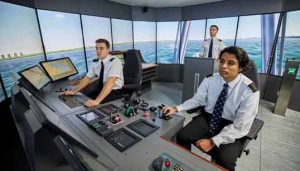
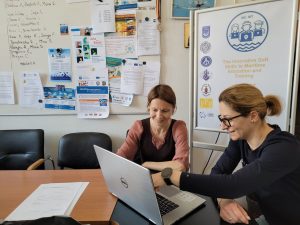
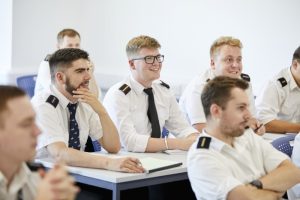

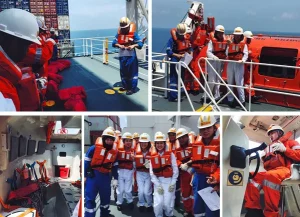
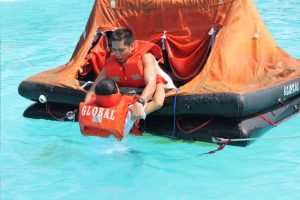

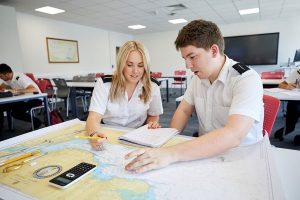

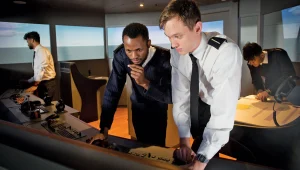
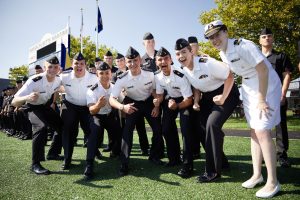
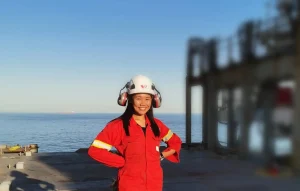
Thank you, nice article)